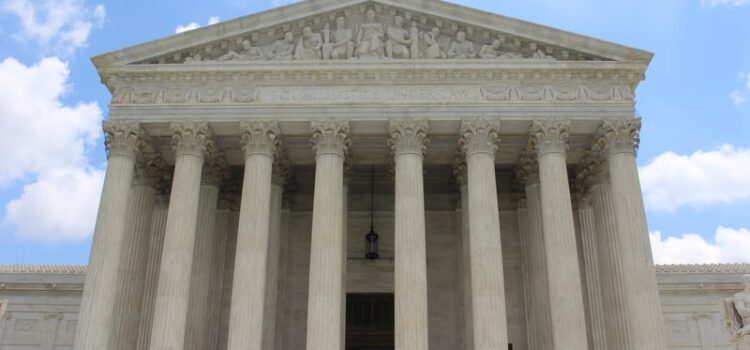

This article is an excerpt from the Shortform book guide to "A Promised Land" by Barack Obama. Shortform has the world's best summaries and analyses of books you should be reading.
Like this article? Sign up for a free trial here .
Who is Sonia Sotomayor? Why did President Obama pick her as a Supreme Court nominee?
President Obama nominated Sonia Sotomayor for Supreme Court in 2009. Sotomayor made history as the first Latina to be on the Supreme Court.
Read more about Sonia Sotomayor and how Obama chose her as a Supreme Court nominee.
The Power of the Supreme Court: Choosing Sonia Sotomayor
In May 2009, shortly after the results of Treasury Secretary Geithner’s bank stress test came back and just as the health care legislation was beginning to take shape, Justice David Souter announced his intention to retire from the Supreme Court.
Souter was a member of the Court’s liberal wing, albeit one appointed by Republican President George H.W. Bush (1924-2018), and had strategically timed his retirement for when a Democratic president and Senate would be able to replace him.
In nominating Souter’s replacement, President Obama was mindful of just how consequential his decision would be. The Supreme Court is the nation’s highest court, having final say over all matters of constitutional and statutory interpretation, including the power to strike down laws and regulations they hold to be unconstitutional. This means that their rulings have enormous implications for all matters of public policy.
Under the U.S. Constitution, Supreme Court justices serve for life —meaning that they continue to shape American policy and jurisprudence long after the presidents who nominated them have left office.
(Shortform note: To learn more about the rationale for the Supreme Court’s lifetime appointments and for a deeper exploration of the U.S. Constitution, read our summary of The Federalist Papers.)
Presidents had historically been given great deference by the Senate in their choice of nominees to the Court, with most nominees being confirmed by large bipartisan majorities. But the ongoing process of political polarization that began in the mid-20th century had eroded this norm, with Supreme Court confirmations devolving into closely contested political and ideological flashpoints. Obama knew that whomever he picked would come under partisan scrutiny.
Sonia Sotomayor Makes History
On May 26, 2009, President Obama officially nominated Sonia Sotomayor, then a sitting judge on the United States Court of Appeals for the Second Circuit, to replace Souter on the Supreme Court. She was a historic pick as the first Latina and first person of Puerto Rican descent to be nominated to the nation’s highest court.
Having grown up the child of working immigrant parents in the New York City borough of the Bronx, Sotomayor had learned empathy and grit as she worked her way up from her humble origins to launch a brilliant legal career.
She was eminently qualified, widely respected, and had already secured confirmation votes from many sitting Republican senators when she’d been confirmed to the Court of Appeals. Senate Republicans unsurprisingly attempted to discredit Sotomayor by digging up some of her old rulings in an attempt to portray her as a wild-eyed leftist radical. Their efforts, however, were by and large half-hearted, unconvincing, and undermined by the warm praise many of them had given her when they’d voted to confirm her to her current position on the Court of Appeals.
Obama saw much of himself in Sotomayor. As a young Black man from Hawaii when he’d entered Harvard Law, he had been a fish-out-of-water and outsider in Ivy league circles, constantly having to prove to others (and himself) that he deserved to be there. He knew that Sotomayor’s years at Princeton and then Yale Law School must have presented her with similar experiences. He admired the determination and grit that someone of her background must have had in order to reach the heights she’d reached.
On July 28, 2009, Sonia Sotomayor made history when the Senate confirmed her nomination to the Court on a bipartisan 68-31 vote, with nine Republicans voting in her favor.

———End of Preview———
Like what you just read? Read the rest of the world's best book summary and analysis of Barack Obama's "A Promised Land" at Shortform .
Here's what you'll find in our full A Promised Land summary :
- How Barack Obama went from relative obscurity to the first Black president
- What principles guided his political leadership style
- Why Obama retained an unshakable faith in the potential and promise of America






